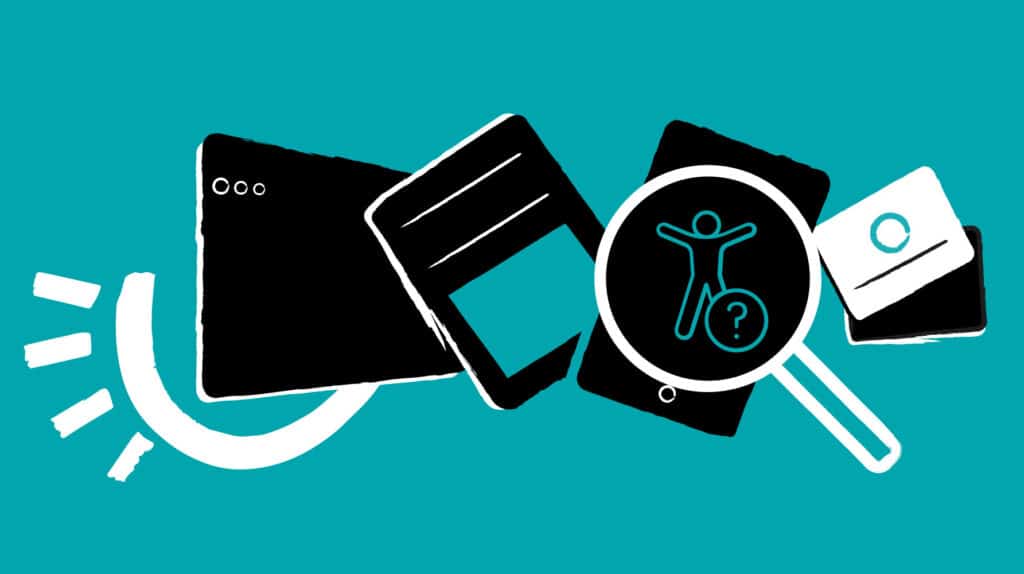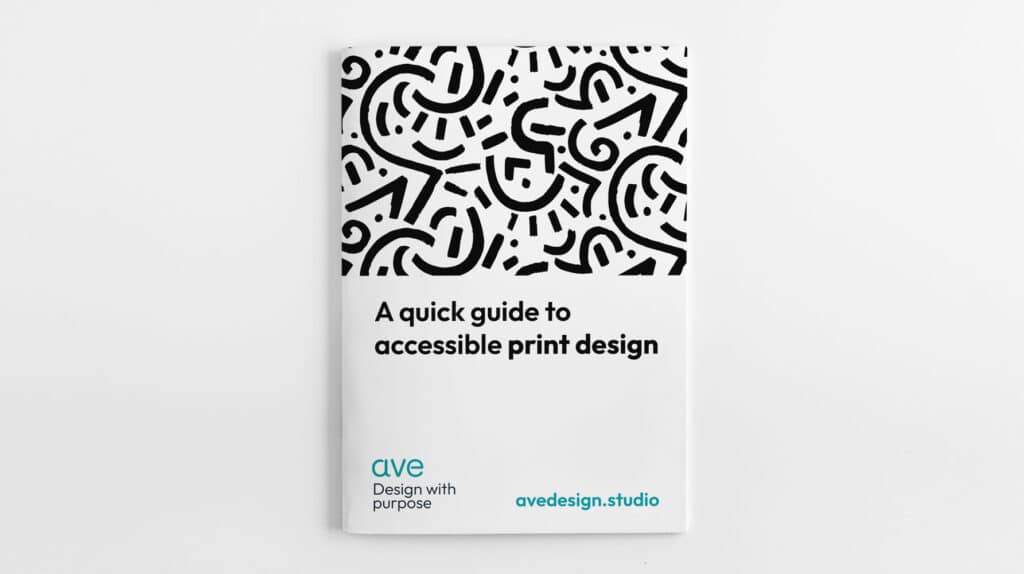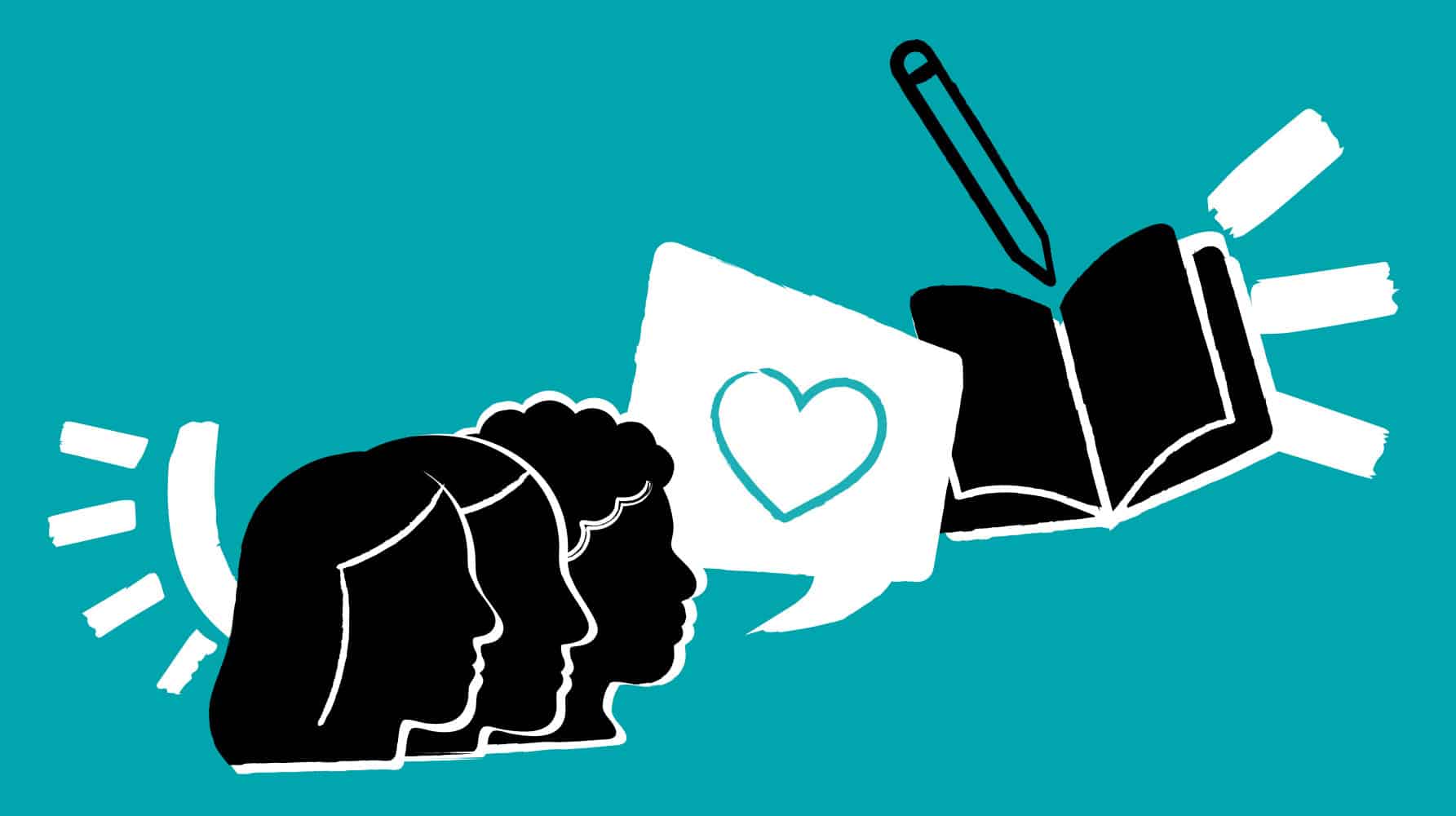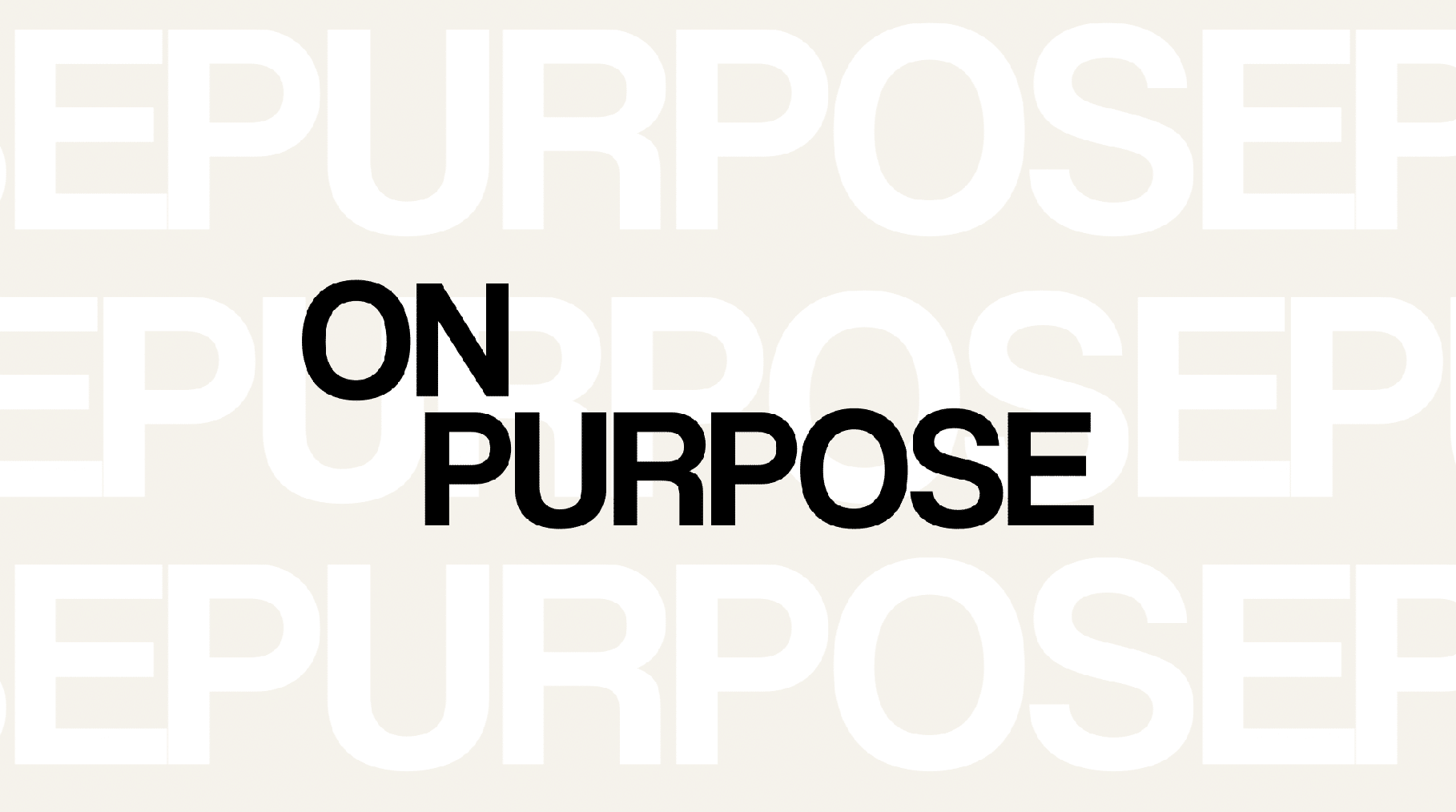We know that great design is inclusive design.
It’s easy to think of accessibility as a checklist. Font size? Tick. Alt text? Tick. But accessibility is much more than a set of rules, it’s a mindset. One rooted in equity, empathy and inclusion. Whether you’re designing a website or a leaflet, what you create should be able to be used, read, and understood by as many people as possible regardless of their ability, circumstance or background.

Share this post
That’s why we’ve created a new quick guide to accessibility in print: a free, practical resource to help you design materials that are not only beautiful, but accessible too.
In an increasingly digital world, it’s easy to overlook the importance of accessible print. But print still plays a vital role, whether it’s a letter from a healthcare provider, an impact report for supporters, or a flyer in a community centre.
And for many people, print is more accessible than digital. A well-designed print document doesn’t require fast Wi-Fi, expensive devices or a screen reader. But it does need to be legible, well laid out, and thoughtfully created.
Common barriers we can avoid
Our guide covers the essentials, from choosing a legible typeface to improving colour contrast. Some of the most common issues we see include:
- Fonts that are too light, narrow or decorative
- Layouts with inconsistent structure or awkward spacing
- Colour combinations that cause visual strain or confusion
- Text printed over busy images
- PDFs that don’t support screen readers
None of these are difficult to fix. But each one makes a big difference to someone’s ability to access the information they need.
The bigger picture: accessibility as a responsibility
When you ignore accessibility, you exclude people. And that’s not just bad design, it’s a missed opportunity to connect, engage and support.
Accessibility should never be an afterthought. It’s a fundamental part of inclusive communication. It respects people’s time, their dignity, and their right to be informed. And when we design with accessibility in mind, we don’t just improve experiences for disabled users we improve them for everyone.
Ready to learn more?
We’re passionate about helping organisations build accessibility into everything they do. Whether you’re just starting out or looking to upskill, we’ve got two ways to help:
- Join the free 6-month accessibility masterclass. Over on On Purpose, we’re running a free training programme for charity professionals, designers and anyone who wants to improve their accessibility knowledge.
- Book an accessibility audit with Ave. Want expert eyes on your printed materials, website or brand assets? We offer comprehensive accessibility audits to help you identify improvements and create a plan of action. Get in touch to find out more.
Want to download the PDF guide?
Grab our free guide packed with simple, actionable tips for creating print materials everyone can use by completing this form

Share this post
You may also find these things interesting
Beyond our client work, we create resources, articles and tools to share knowledge and strengthen the sector, supporting others to think bigger, work smarter and make even greater impact.




